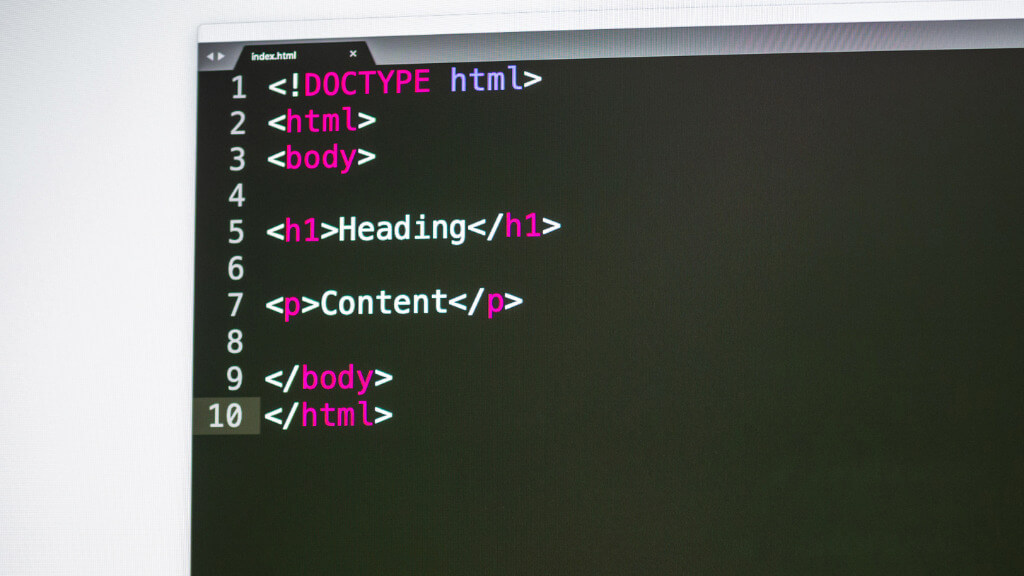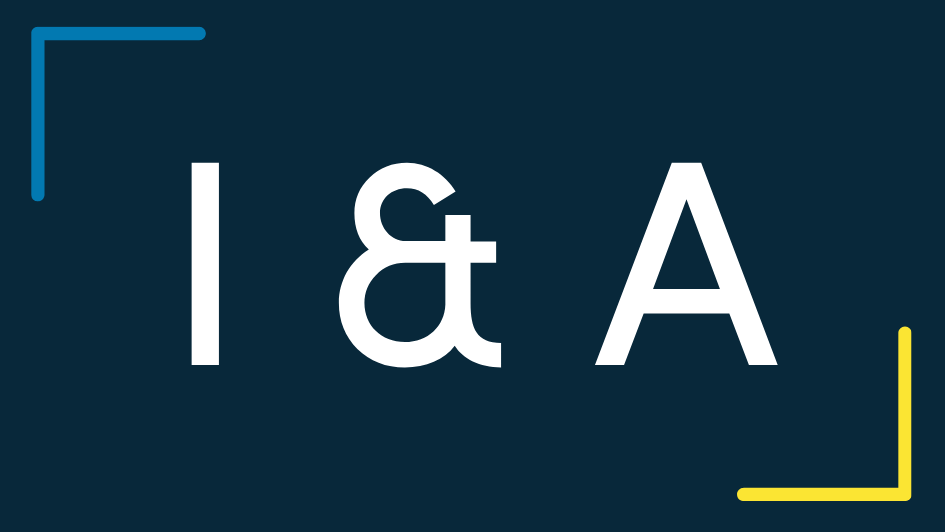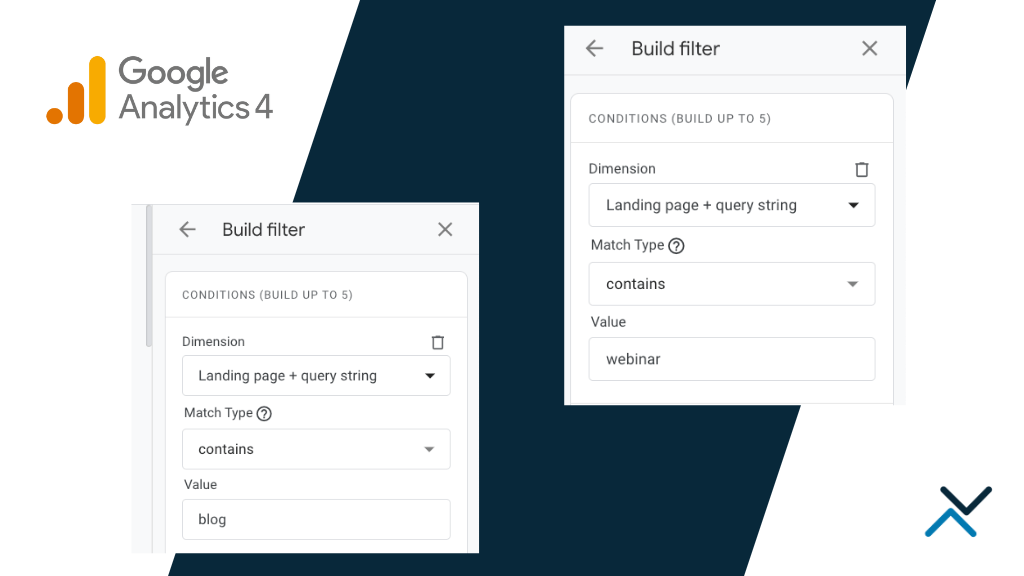The proper use of headings is an essential aspect of search engine optimization (SEO) that website owners and content creators cannot overlook. Headings function as signposts that guide both human readers and search engine crawlers through your content, enabling them to easily understand what a page is about.
What Are Headings?
The titles and subtitles that introduce and organize the content of your pages are referred to as headings. The tags h1 through h6 designate the headings in an HTML document, with h1 being the biggest and most significant heading element and h6 being the smallest and least significant. The <h1> tag is the one that is almost always used for the primary heading of the page, while the <h2> tag and on up through the <h6> tag are used for the titles of subsections or sections.
Not only does a proper heading tag structure guide a reader, they also help search engines understand the page.
Why Are Headings Important For SEO?
Through the use of headings, search engines can understand the hierarchy and structure of your content. They offer greater weight and value to the keywords that are used in the larger heading tags like h1 and h2, and as a result, having headers that are meaningful and relevant might increase your chances of ranking higher in search results. In addition, using headers effectively makes your material easier to read and more accessible to human users, which in turn enhances the user experience they have on your website and increases the amount of time they spend interacting with it.

Simply put, HTML headings play a crucial role in SEO by providing structure and context to the content of web pages. Search engines rely on headings to understand the hierarchy and organization of a web page’s content. Here’s how HTML headings impact SEO:
Keyword Relevance
Headings allow search engines to identify the main topics or themes of a web page. By including relevant keywords in headings, you can signal to search engines what your content is about and improve its chances of ranking for those keywords.
User Experience
Headings help users quickly scan and understand the content on a web page. Clear and descriptive headings make it easier for visitors to find the information they are looking for. A positive user experience can lead to longer page visits, lower bounce rates, and increased engagement, which are all factors that search engines consider in their ranking algorithms.
Document Structure
The <h1> tag indicates the primary heading, whereas the <h2>, <h3> and so on indicate the secondary and tertiary headings, respectively. This format aids search engines in comprehending the content’s structure and connections between its many parts.
Accessibility
Those who use screen readers or other assistive devices benefit from properly formatted headings on websites. Make your content more accessible to people with vision impairments and other disabilities by utilizing suitable heading tags. Search engines also factor in how easy it is to visit a website.
Featured Snippets
Search engines often use headings to generate featured snippets, which are concise summaries or answers displayed at the top of search results. By crafting informative headings that address common user queries, you increase the chances of your content being selected for a featured snippet, resulting in enhanced visibility and click-through rates.
Best Practices For Using Headings In Your Content
Use Hierarchy
Use the h1 tag for the page’s main title, then the h2 and h3 tags for section titles and sub-sections. Avoid skipping or repeating headings, as this can confuse both readers and crawlers.
Use Keywords
Be sure to use appropriate keywords in your headlines without overdoing it. The headlines should be descriptive and instructive, not promotional. This could be spammy to search engines.
Keep Them Concise
Headings should be descriptive but brief, within 60 characters or less. This helps search engines and readers quickly understand what your page is about.
Use Header Tags Consistently
Avoid using other formatting, like bold or italicized text, div tags or span tags, to mimic heading tags. Use the right tags so crawlers and readers can easily recognize heading content. Let us know if you need help with this from a technical SEO perspective.
Make Them Readable
Use proper capitalization, punctuation and readability so your headings are easy to scan and read.
Common Mistakes to Avoid in SEO Heading Structure
When it comes to SEO heading structure, there are several common mistakes that should be avoided.
First, it’s crucial not to skip or include multiple H1 tags on a webpage. The H1 tag should be used once and accurately describe the main topic of the page. Additionally, heading tags should be used in a hierarchical order (H1, H2, H3, etc.) to structure the content properly. Using heading tags out of sequence or skipping levels can confuse search engines and goes against the semantics you want for your pages. As mentioned above, it’s important to use actual heading tags rather than relying solely on visual styling to create headings. Overusing heading tags within a small section of content, keyword stuffing in headings, inconsistent heading structure, and neglecting user experience and accessibility are other mistakes to avoid. By ensuring a well-structured heading hierarchy and following best practices, you can improve your SEO performance and enhance the user experience on your website.
Optimize Your Heading Tag Structure
You don’t want to underemphasize the importance of proper heading tags. They are an essential component of on-page optimization and make pages readable to your users. Your website’s ranking will improve as a result of the proper use of headings, which will also improve the user experience and assist visitors in rapidly comprehending the content you provide. You can attain increased semantic richness and boost the search engine optimization efforts of your website by following the best practices for heading construction and keeping the tone of your content entertaining while still maintaining a formal tone. Want help with your heading tag structure? Contact us for a free consultation today.









